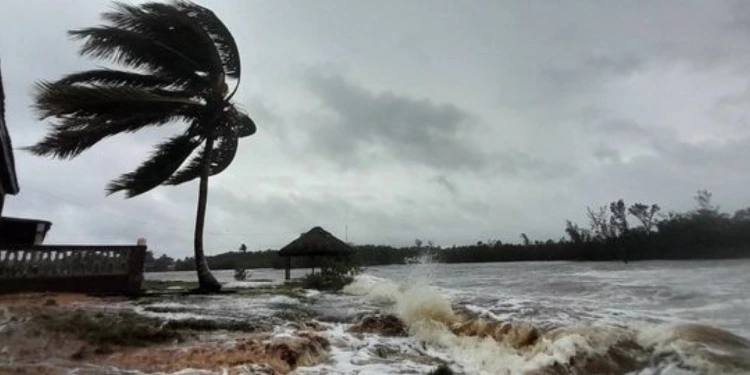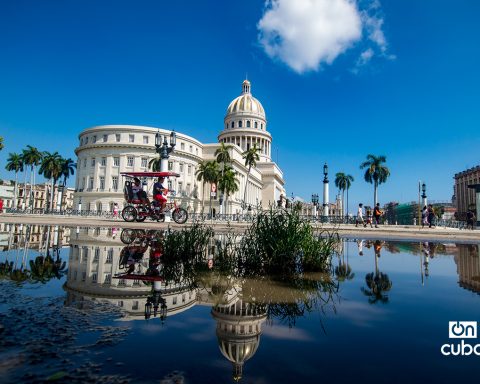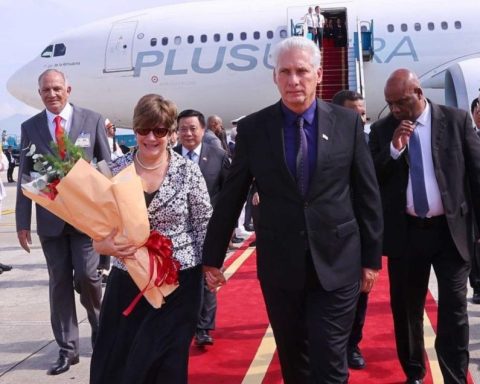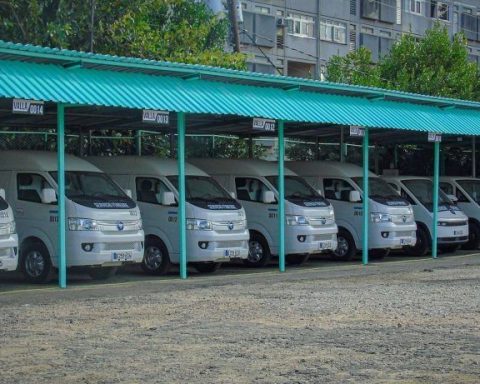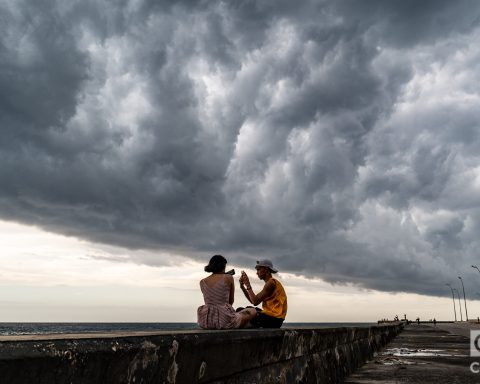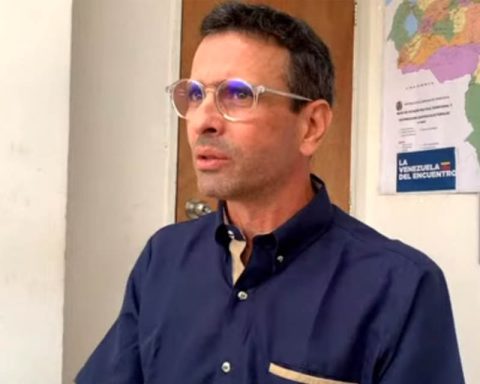SLP, Mexico.- The authorities Cuban companies reported this Wednesday afternoon that the disconnection of the National Electrical System occurred due to the “strong winds caused by the highly intense hurricane Rafael.”
A note from the state company Unión Eléctrica (UNE) reported that the disconnection occurred at 2:48 pm. and “contingency protocols” are applied in the face of the imminent arrival of the meteorological phenomenon.
The Unión Eléctrica had announced this Wednesday that, when the winds of Hurricane Rafael reached 60 kilometers per hour “the controlled disconnection of the distribution circuits will be carried out in those affected areas (…) to avoid accidents and failures in the electrical networks” .
Upon learning of the measure, Cuban Internet users did not take long to react: “Connected we live,” wrote Bianco Almeida on Facebook. “In Mayabeque there was no need to wait for that. We have been saving for months, so the disconnection is normal, without any wind. “There is no need for a hurricane to happen,” Alexis Manso Díaz stated.
The UNE also advertisement that the blackouts would simultaneously cover just over 47% of the national territory during peak hours (afternoon-night) this Wednesday. Currently, the daily impact of the electrical service maintains the maximum values prior to the total blackout of the countrywhich occurred from October 18 to 22.
The state company indicated that the interruptions of the electrical service are due to the lack of fuel and breakdowns in the units of the operational terrestrial thermoelectric plants.
Specifically, for this Wednesday the UNE calculates a maximum electricity generation capacity of 1,616 megawatts (MW) and a demand of 2,900 MW, for a deficit of 1,284 MW.
However, the impact (what will actually be disconnected) will reach 1,354 MW during peak hours this Wednesday, the UNE specified.
Meteorologists have informed on Cuban Television that the dangerous Hurricane Rafael, which is about to make landfall in Cuba After reaching category 3 on the Saffir-Simpson scale, it will cause heavy, intense rains and the hurricane will move towards the northwest, towards Pinar del Río.
This was reported by Dr. José Rubiera who transmitted an explanation about the meteorological event that impacts Cuba.
Rubiera, consulted by specialists from the Institute of Meteorology (INSMET), specified that Rafael will take a trajectory further west than expected and will cross the eastern part of the province of Pinar del Río.
Hurricane-force winds, storm surge, coastal flooding and sea level rise may occur, causing storm surge.
For his part, meteorologist Elier Pila stressed that Rafael has maximum sustained winds of 185 km/h and is a very dangerous hurricane.
Its center is expected to enter Cuban land at some point between the provinces of Artemisa and Pinar del Río.
